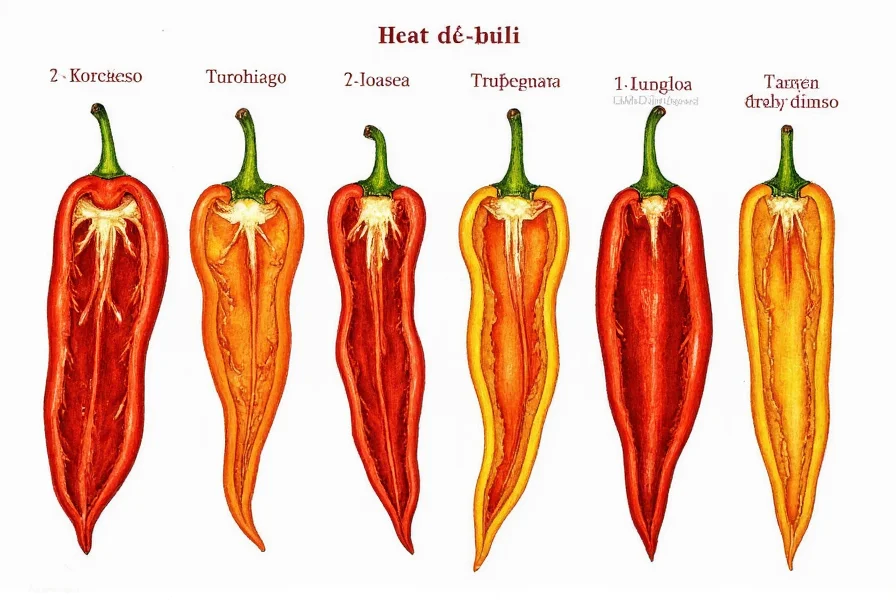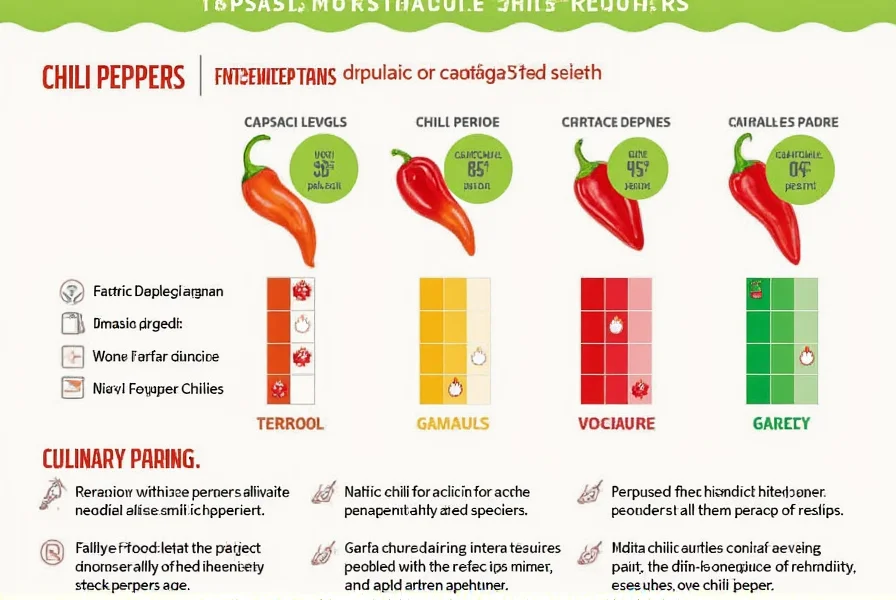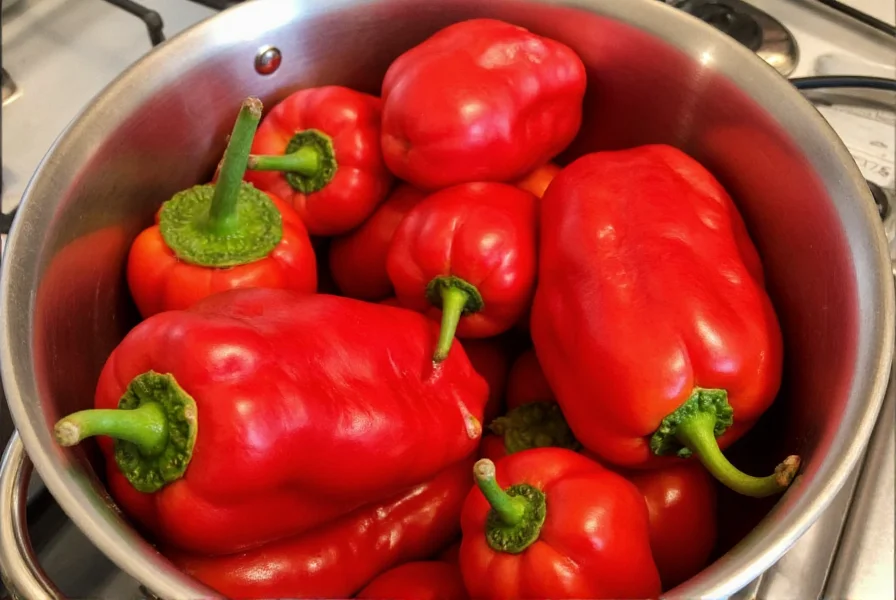When searching for “chili wiki,” users typically seek comprehensive, community-sourced information about chili peppers. Unlike Wikipedia, which hosts general knowledge, specialized chili resources focus exclusively on Capsicum varieties, heat measurements, growing conditions, and recipe applications. These niche platforms fill a critical gap for gardeners, chefs, and food scientists requiring detailed, practical data.
What Constitutes a Quality Chili Resource
Reliable chili information platforms share several key characteristics. First, they provide scientifically accurate botanical classifications, distinguishing between species like Capsicum annuum, C. chinense, and C. frutescens. Second, they document Scoville Heat Units (SHU) with laboratory verification rather than anecdotal estimates. Third, they include cultivation requirements—soil pH preferences, climate needs, and pest resistance—verified by agricultural experts.
Top-tier chili databases often feature contributor credentials, showing horticultural expertise through university affiliations or professional growing experience. They maintain clear version histories for entries, allowing users to track information updates. Unlike commercial sites, authoritative chili resources avoid exaggerated health claims and clearly separate culinary uses from medicinal assertions.
| Chili Variety | Typical SHU Range | Primary Growing Regions | Common Culinary Uses |
|---|---|---|---|
| Jalapeño | 2,500–8,000 | Mexico, USA (Texas, California) | Salsas, pickled peppers, stuffed dishes |
| Habanero | 100,000–350,000 | Mexico (Yucatán), Caribbean | Hot sauces, Caribbean cuisine, marinades |
| Ghost Pepper (Bhut Jolokia) | 800,000–1,041,427 | India (Assam), Bangladesh | Extreme heat challenges, specialized sauces |
| Poblano | 1,000–2,000 | Mexico (Puebla) | Moles, stuffed peppers (chiles rellenos) |
Evaluating Online Chili Information Sources
Not all self-described “chili wikis” provide trustworthy information. When assessing these resources, examine three critical elements: verification processes, contributor expertise, and update frequency. Reputable platforms document their verification methods—whether through laboratory testing, academic research citations, or collaboration with agricultural extension services.
Look for sites where contributors disclose relevant qualifications, such as degrees in horticulture or professional experience in pepper cultivation. The best resources distinguish between personal anecdotes and verified facts, clearly labeling experimental growing techniques versus established practices. Regular updates reflecting new cultivars, changing climate impacts on growth patterns, and emerging research demonstrate a commitment to accuracy.

Practical Applications of Chili Knowledge
Understanding chili varieties extends beyond culinary curiosity. Food scientists use precise heat measurements when developing commercial products. Gardeners select varieties based on local climate conditions and intended uses. Chefs balance flavor profiles considering not just heat but also fruity, smoky, or earthy notes inherent to different cultivars.
When researching “online chili recipe database” or “chili pepper varieties wiki,” prioritize resources that explain how capsaicin concentration affects both heat perception and preservation methods. The most valuable platforms include practical conversion charts between fresh, dried, and powdered forms, plus safety guidelines for handling extremely hot varieties.

Navigating Common Misconceptions
Many users searching for “reliable chili information sources” encounter misleading claims. No chili variety “burns at 2 million SHU” as some sites claim—the current verified record holder is the Pepper X at 2,693,000 SHU. Similarly, “medicinal miracle” claims often lack clinical evidence. Quality resources distinguish between traditional uses and scientifically verified effects.
Another frequent error involves confusing regional names. What’s called “Scotch bonnet” in Jamaica might be labeled “Bhut jolokia” elsewhere, despite being different varieties. Authoritative chili databases include nomenclature guides showing accepted scientific names alongside regional aliases.
What is the most reliable online resource for chili pepper information?
The Chile Pepper Institute at New Mexico State University maintains one of the most scientifically rigorous public databases. Their resources include laboratory-verified heat measurements, cultivation guides developed through agricultural research, and taxonomic classifications reviewed by botanists specializing in Capsicum species.
Are there any comprehensive chili recipe wikis maintained by culinary professionals?
While no single “chili recipe wiki” exists, the International Association of Culinary Professionals curates a verified recipe database that includes regional chili preparations. Professional culinary schools like Le Cordon Bleu also maintain internal databases that occasionally publish verified chili-focused recipe collections with proper technique explanations.
How can I verify the accuracy of chili heat level information online?
Look for resources that cite laboratory testing methods (HPLC analysis) rather than subjective “taste tests.” Reputable sources specify whether measurements represent average values across multiple specimens or single examples. The Chile Pepper Institute and academic agricultural extensions provide the most reliable heat data, often including growing conditions that affect SHU readings.
Do any chili wikis document heirloom varieties and their preservation status?
Seed conservation organizations like Seed Savers Exchange maintain detailed databases of heirloom chili varieties, including historical usage, genetic characteristics, and current availability. These resources document varieties at risk of extinction and provide cultivation requirements specific to preserving genetic integrity. University agricultural programs often collaborate on these preservation efforts.











 浙公网安备
33010002000092号
浙公网安备
33010002000092号 浙B2-20120091-4
浙B2-20120091-4